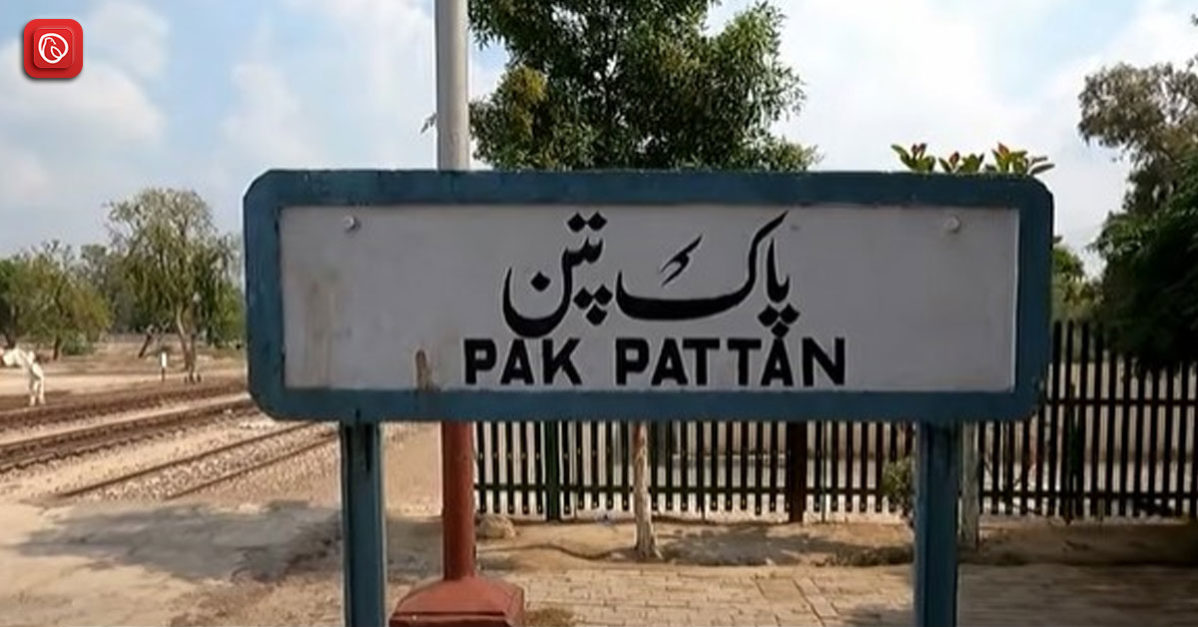Pakpattan is a city in the Punjab province of Pakistan characterised more by its rich spiritual heritage than by its massive buildings and busy marketplaces. Absorbing the rich tapestry of Sufism, Pakpattan rises above its geographical limits to serve as a beacon of hope for travellers and enlightened searchers.
Take a trip with Graana.com to discover the fascinating tale of Pakpattan, a city where Sufi customs and devotion coexist.
Location
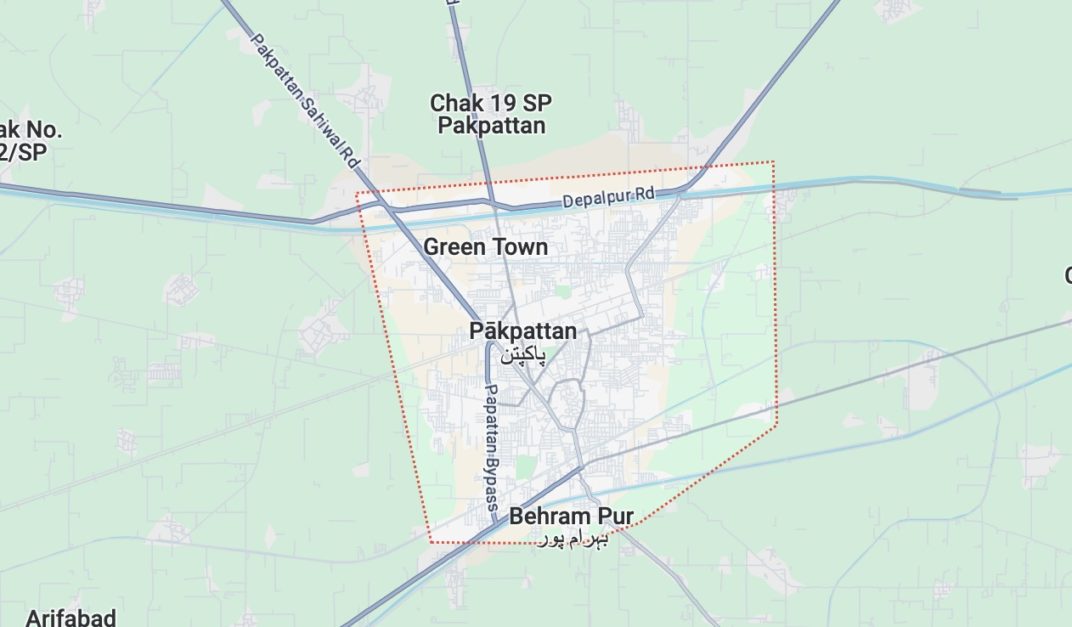
Pakpattan is in the centre of Pakistan’s Punjab province. The Sutlej River, the region’s lifeblood, runs along its southeast boundary. To the northwest, agricultural areas extend towards Sahiwal, a city rich in history. To the southwest is Bahawalpur, well-known for its massive Derawar Fort.
Pakpattan is easily accessible for travellers on the National Highway N-5, a major route that links Pakistani cities. This setting makes Pakpattan a well-connected hub within the heart of Punjab.
Etymology
Only some people know Pakpattan by its current name; it has a rich historical background. It went by the name Ajodhan up until the sixteenth century. The current name of the city is Punjabi, a combination of the words “pak,” which means “pure,” and “pattan,” which means “dock.”
This represents the former Sutlej River ferry service, an essential stop for pilgrims travelling to the hallowed Shrine of Baba Farid. The term also has a more profound significance as it represents a spiritual crossing that the saint metaphorically facilitates.
Early History
The narrative of Pakpattan starts in a little village named Ajodhan. The town was established by Hindus and prospered because of a critical ferry service across the Sutlej River. Due to its advantageous location, Ajodhan was an essential stop on historic trade routes that connected Delhi with the thriving metropolis of Multan.
But its location on the Punjabi plains’ vast spaces also rendered it vulnerable. Waves of invaders from Central Asia began to descend in the late 10th century when both Sebüktegin and Ibrahim Ghaznavi gained control of Ajodhan.
Famous Sites in Pak Pattan
Visitors can enjoy a singular experience in the spiritually rich and culturally diverse city of Pak Pattan. Though the city’s religious significance is its soul, undiscovered treasures are waiting to be discovered. A peek at some of Pak Pattern’s most well-known locations is provided below:
Dhakki
The Dhakki neighbourhood in Pakpattan is rich in history and recognised as the city’s cradle. This raised mound—the locals called a “small hill”—acted as the base from which Pakpattan spread outward. Its meandering, tiny lanes and the ruins of six massive gates, some closed at night, tell stories of a time long ago.
A portion of the “Kacha Burj,” a defensive fort Sher Shah Suri ordered built after capturing the city in 1541, is also on display in the Dhakki. Haibat Khan, his general, erected this tactical fortification to act as a guard against intruders.
There was a robust Hindu presence in Dhakki before India was divided in 1947, particularly Khatri households with surnames like Dhawan, Handa, and Chopra. In the still-standing pre-partition dwellings, there are remnants of this history.
Smadhan Walla Mohalla, at the base of the Dhakki, was formerly home to many Hindu “smadhs”. As the hallowed site of the Baba Farid Shrine, the Dhakki is now the centre of Pakpattan.
The Shrine of Baba Farid
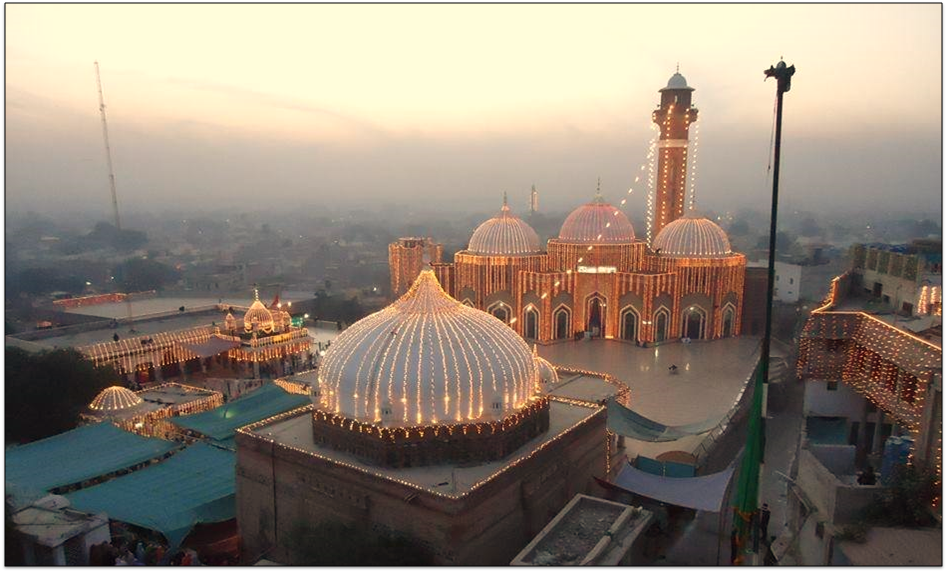
The Shrine of Baba Farid is more than just a place of worship; it is Pakpattan’s spirit. Built-in the mediaeval town of Ajodhan, the shrine’s impact eventually overshadowed that of the town. This crucial development is reflected in the city’s new name, “Pakpattan,” which translates to “Holy Ferry.”
The name alludes to the pilgrims’ physical and figurative path towards spiritual enlightenment—crossing a river on their way to the shrine. Beyond its religious significance, Pakpattan’s political and economic backdrop has made the Shrine of Baba Farid a pillar.
Sair Gah Park
Take a break from the bustle of the city and relax at Sair Gah Park. This vast park is ideal for families and environment lovers since it offers a green oasis in the middle of the town. A colourful assortment of trees, shaded walkways, and lush green grass provide a pleasant diversion from the busy streets. While adults can wander or unwind by the beautiful ponds, children will love the play areas.
Malka Hans Mosque
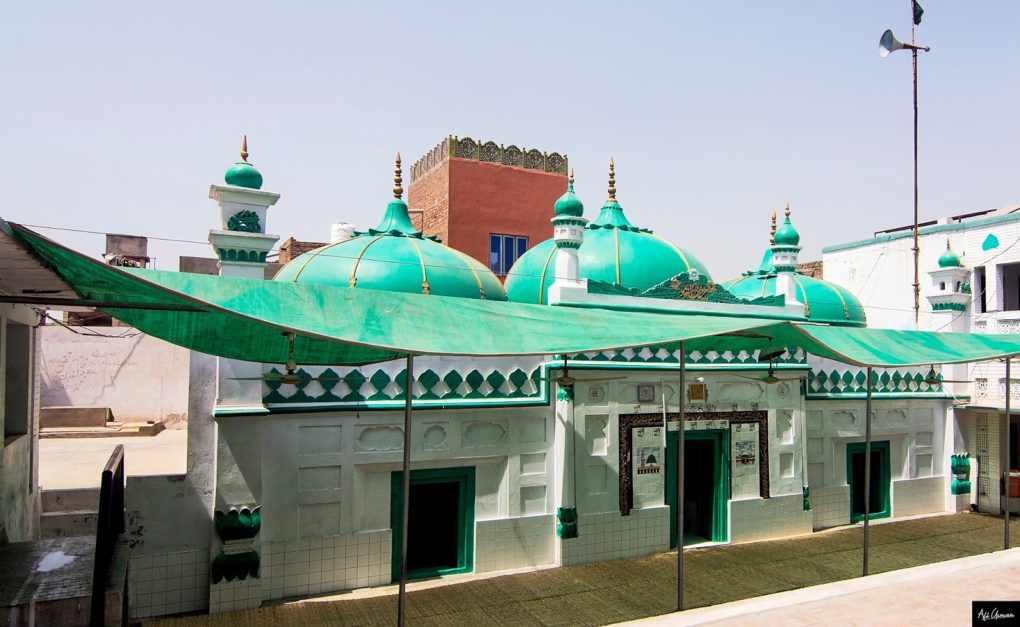
Visit the Malka Hans Mosque, renowned for its architectural design and historical value, to go on a historical voyage. The mosque, thought to have been constructed in the twelfth century, is a superb illustration of early Islamic buildings in the area.
The elaborate brickwork, geometric designs, and soaring minarets are reminders of earlier times’ master craftsmanship. Historical value also stems from the mosque’s purported location of Waris Shah’s composition of his masterpiece, the Heer Ranjha, a well-known poet from Punjab.
Sutlej River
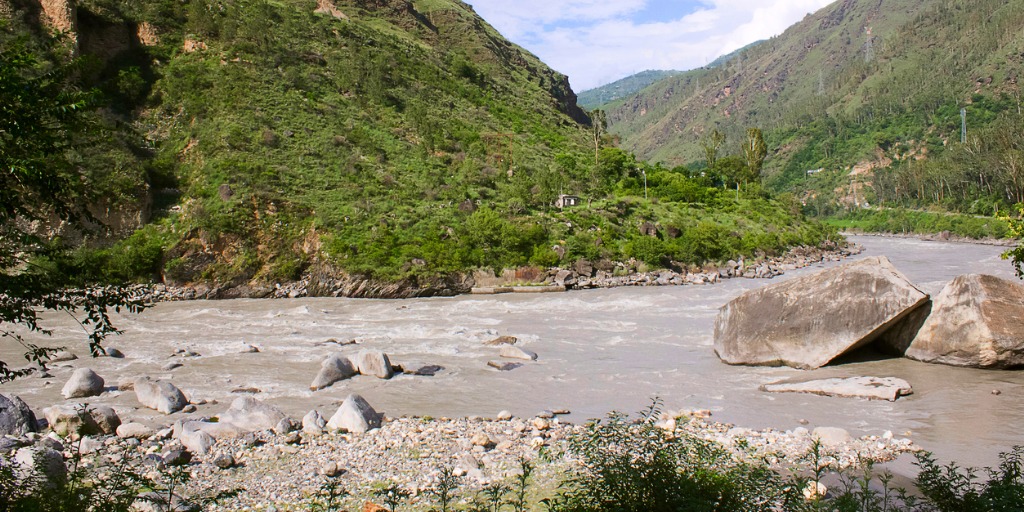
Experience the Sutlej River’s natural splendour; it’s a picturesque location that provides a respite from the busy city centre. On the outskirts of Pak Pattan, the powerful Sutlej offers a peaceful haven. Take a leisurely boat ride along the river, or unwind on its banks and enjoy the fantastic scenery. The river is home to a wide diversity of avian species, which will excite birdwatchers.
Etymology
There is some ambiguity regarding Pakpattan’s formal renaming. Although the city is well-known for its Sufi Saint Baba Farid, historical documents indicate that the Mughal emperor Akbar may have legally announced the name change.
“Pakpattan” means “clean dockland” in local parlance, and it is said that Baba Farid gave the name personally. A local guy is said to have questioned the cleanliness of the Sutlej River while performing ablutions there. In response, Baba Farid reported that the location was “Pak Pattan” in the native tongue.
Agriculture
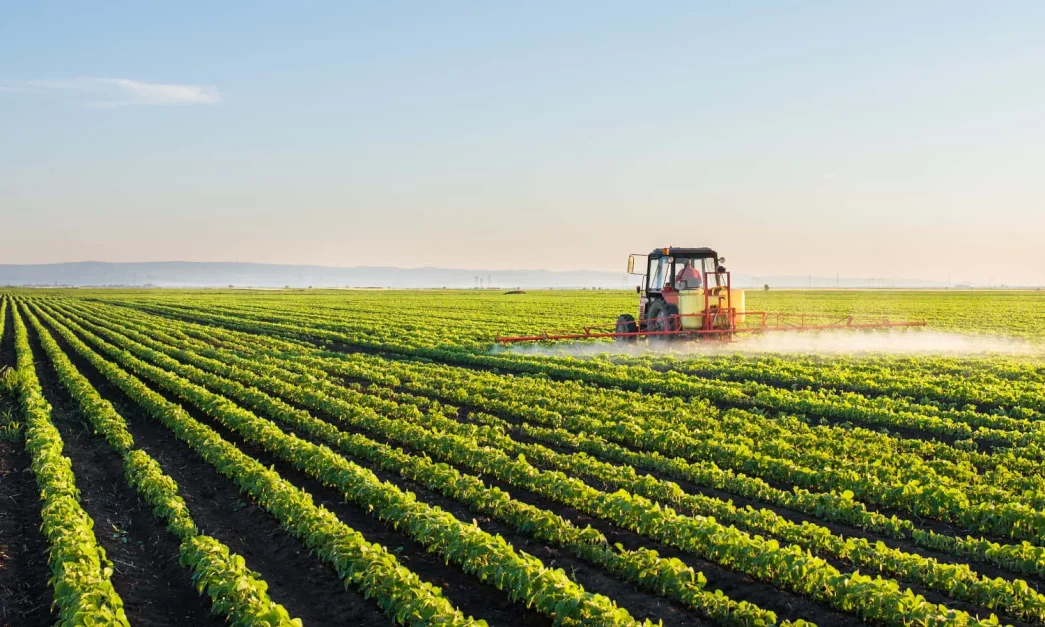
The lush fields of Pakpattan are conducive to agriculture, which employs a sizable percentage of the district’s workforce. The main crops grown here are corn, rice, wheat, and cotton. Another significant agricultural product is sugarcane.
Beyond these mainstays, the fields of Pakpattan yield a profusion of fruits and vegetables, some of which are abundant in the harvests of mangoes, guavas, carrots, potatoes, oranges, and okra.
Malka Hans
The ancient town of Malka Hans is nestled on the Sahiwal Road, halfway between Pakpattan and Sahiwal. With its 150-meter height, this hamlet has a distinct position in Pakistani culture. Malka Hans is known for being the birthplace of the well-known Heer Ranjha, a tragic love tale that Waris Shah captured in poetry.
Geography
Pakpattan is positioned at a fork in the road in the Punjab province of Pakistan. The city is around 205 kilometres south of Multan, another significant metropolitan centre, and 184 kilometres southwest of Lahore, the province capital.
Pakpattan is located in the centre of the district and is bordered to the northwest by Sahiwal District, to the north by Okara District, to the southeast by Bahawalnagar District , and to the southwest by Vehari District. Pakpattan’s closeness to India is notable for road travellers, as the border is about 40 kilometres apart.
Demographics
The population of Pakpattan has increased significantly in the last several years. As of the Pakistan Census 1998, 109,033 people lived in the city. This figure increased to 176,693 by 2017, a stunning rise of 62.05% in just 19 years.
Language
Punjabi, the local language of Pakpattan, is the most widely spoken language in the area. Nonetheless, the city has a good comprehension and usage of Urdu, the native language of Pakistan. In addition, Meo people speak Mewati, although smaller populations, such as the Ranghars, speak Haryanvi, also called Rangari.
Famous Food
One of Pakpattan’s gastronomic highlights is Tosha, a distinctive dessert. This sweet treat is unique in that it came from the city and is so well-known that it’s respected as a Pakpattan speciality over the border.
FAQs
Following are some FAQs on the region.
Where is Pakpattan?
Pakpattan is a city in Pakistan’s Punjab province, situated roughly 184 kilometres southwest of Lahore and 205 kilometres south of Multan.
What’s Pakpattan famous for?
Pakpattan is renowned for the Shrine of Baba Farid, a revered Sufi saint. This shrine attracts millions of pilgrims annually and is a significant centre for Sufism in Pakistan.
What was Pakpattan’s original name?
Before the 16th century, Pakpattan was known as Ajodhan.
What’s the meaning behind the name Pakpattan?
The name Pakpattan comes from Punjabi words meaning “pure” (pak) and “dock” (pattan). It references a historical ferry service across the Sutlej River used by pilgrims visiting the shrine.
Is Pakpattan a historically significant place?
Yes! Pakpattan boasts a rich history. The area thrived as a trade centre and witnessed the rise and fall of various empires. The Shrine of Baba Farid itself dates back to the 13th century.
What lis the local language in Pakpattan?
Punjabi is the primary language in Pakpattan. However, Urdu, the national language, is also common.
What’s a famous food from Pakpattan?
Tosha, a unique sweet treat, is Pakpattan’s culinary claim to fame.
What are some exciting things to see or do in Pakpattan?
Visiting the Shrine of Baba Farid is a must. Exploring the historic Dhakki area, with its narrow streets and remnants of old city walls, offers a glimpse into Pakpattan’s past.
Is Pakpattan easily accessible?
Pakpattan is conveniently located near the National Highway N-5, making it accessible from other major cities by road.
When is the best time to visit Pakpattan?
The annual Urs fair, held in honor of Baba Farid, attracts massive crowds. For a less crowded experience, consider visiting during other times of the year.
This was all about Pak Pattan. For more information, visit Graana.com.
